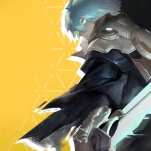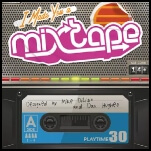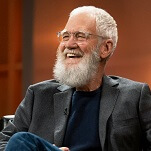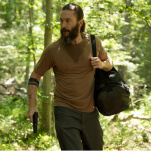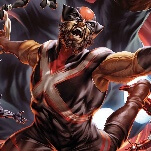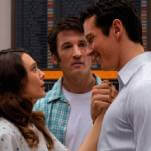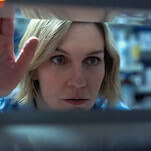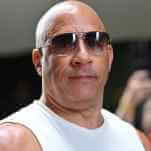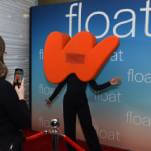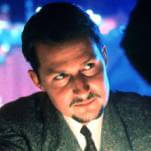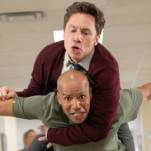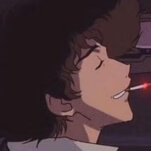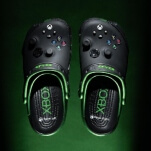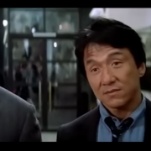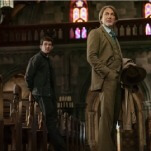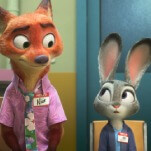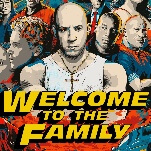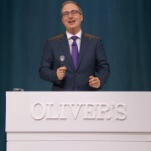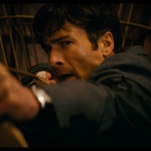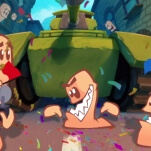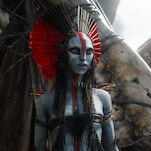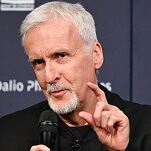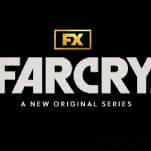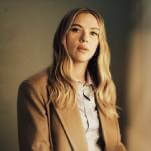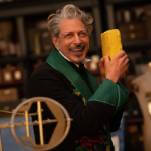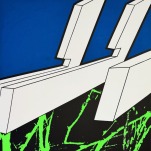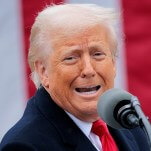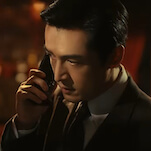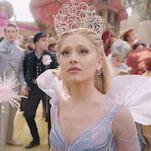Wacky, angry, shaggy sci-fi Mickey 17 works its underclass to the clone
Bong Joon Ho follows up his Best Picture win by combining his pet themes into a messy, hilarious sci-fi.
Photo: Warner Bros.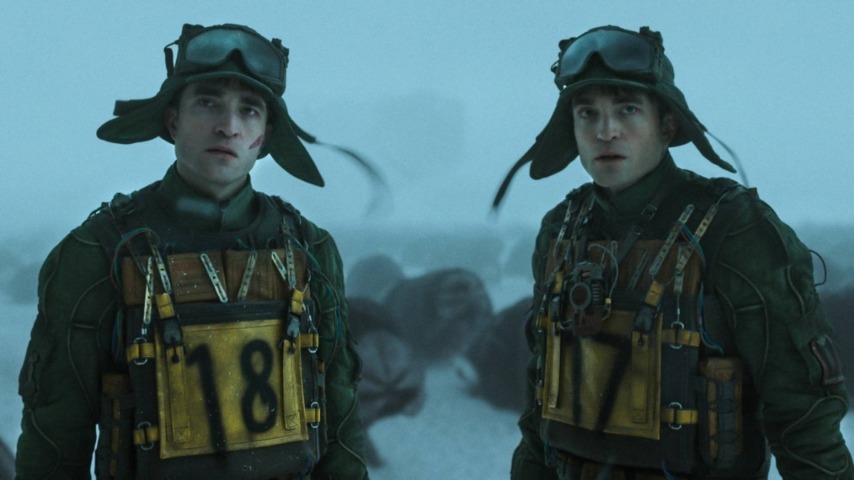
The meek will inherit the planet…that we travel to after rich people ruin Earth. And, after the terrible 1% are physically prevented from ruining humanity’s next go at things. This is the heart of Mickey 17’s unwieldy, long-winded, wildly entertaining sci-fi critique of our dehumanizing present. Whether that cruelty derives from a reactionary, religious, or capitalist perspective—or the unholy throuple they’ve formed in America—it’s aimed here at the expendable labor force upon which the film’s spacefaring future is built. Bong Joon Ho follows up the searing Parasite with a far sillier film that adds 10 Mickeys to Edward Ashton’s novel Mickey7 and iterates upon the filmmaker’s previous genre movies, combining the rundown, frozen, end-of-the-world aesthetic of Snowpiercer with the clownishness and critters of Okja. Bong’s haphazard Mickey 17 nearly comprises as many tones, spanning light farce and sprawling epic as it works its underclass down to the clone.
The interplanetary colonization foreseen by Mickey 17 relies on a foundation of blue-collar schmucks who live, die, and repeat thanks to a fancy 3D printer that cranks out a new worker—replete with all their memories—every time the previous version bites the dust. The movie Mickey 17 relies on Robert Pattinson, who plays said schmucks. Mickey isn’t special, despite a gratuitous loan shark subplot emphasizing just how desperate he is. He’s just broke, alone, and out of options. Plenty can relate, even if the Earth isn’t yet being sandblasted so badly by dust storms that folks are fleeing off-world. Seeing an easy way out of his dead-end life, Mickey agrees to end up dead. Over and over and over. Under late capitalism, one doesn’t even get to die easily. It wouldn’t be a Bong sci-fi without a blunt metaphor at its center, but the cyclical tragedy of Mickey’s poverty-driven circumstances are also rife with comedy.
Much like Edge Of Tomorrow or other consequence-free time loops played for laughs, Mickey’s frequent mortality puts his body through the wringer as his crew heads to the ice world of Niflheim. More specifically, the higher-ups on his spaceflight treat him like a lab rat, poisoning, irradiating, and otherwise torturing a man they’ve been conditioned not to think twice about. Forcing humanity onto a planet named for the chilliest section of the Norse afterlife requires plenty of trial and error. Pattinson, skinny and hunched and affecting a perfectly weaselly voice he modulates between versions of Mickey, greets the punishment like a beaten-down service worker heading to his opening shift. His resignation—he all but mugs a Flintstones-like “Eh, it’s a living” to the camera as he heads to his certain demise—makes the over-the-top villainy of the ship’s young science team (led by an excellently dopey Cameron Britton) all the funnier.
But when the adorable, furry, giant grub-like “creepers” who populate the underground tunnels of Niflheim save a soon-to-be-dead Mickey on one of his suicide missions, those manning the printer jump the gun and crank out another Mickey before the current one kicks the bucket. Mickeys 17 and 18—the former squirrelly and docile, the latter confident and aggressive—must then fight over who gets to be with their wild-card girlfriend Nasha (Naomi Ackie), what they should do about their colony’s egomaniacal leader (Mark Ruffalo), and how they’re going to hide that they’re both alive at the same time. The penalty for there being “multiples” is deletion of the printer data; capital punishment for a person whose job description is dying.

